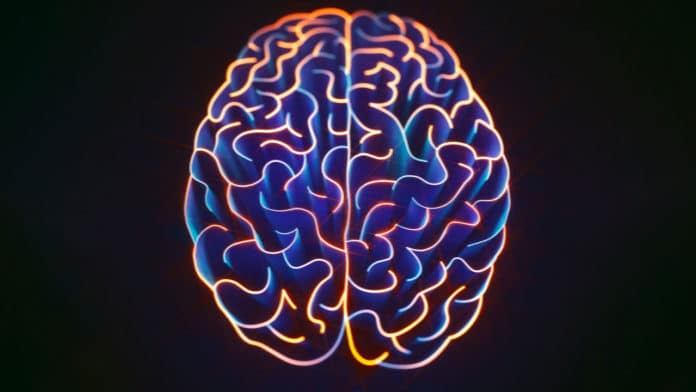Microglia are the immune cells of the brain. A main function of microglia is to survey the local microenvironment and respond to injury by the release of pro-inflammatory molecules and phagocytic clearance of apoptotic cells.
Aberrant microglia activity is associated with many neurological and psychiatric disorders, yet our knowledge about the pathological mechanisms is incomplete. In a new study, scientists described a new lineage of specialized brain cells, called Hoxb8-lineage microglia, in mice that have the ability to suppress obsessive compulsion and anxiety symptoms.
This is the first study to describe microglia’s role in OCD and anxiety behaviors in mice.
Scientists found that mice with impaired Hoxb8-lineage microglia exhibited extreme overgrooming behavior. The symptom resembles behavior in people with a type of OCD called trichotillomania. The presence of Hoxb8-lineage microglia prevents mice from displaying OCD behaviors. Significantly, female sex hormones caused more severe OCD behaviors and induced added anxiety in the mice.
Lead author Dimitri Traenkner, a research assistant professor in the School of Biological Sciences at the University of Utah said, “More women than men experience debilitating anxiety at some point in their lives. Scientists want to help these people to get their lives back. In this study were able to link anxiety to a dysfunction in a type of microglia, and to female sex hormones. It opens up a new avenue for thinking about anxiety. Since we have this model, we have a way to test new drugs to help these mice and hopefully, at some point, this will help people.”
The study also highlights the fact that microglia belong to at least two distinct sub-lineages of cells. One lineage called Hoxb8-lineage microglia makes up about 30% of all microglia in the brain but until now, no one knew whether they had any unique function.
Mario Capecchi, Nobel laureate and senior author of the study, in his past study disabled Hoxb8-lineage microglia in mice and observed the impact, but the mice seemed fine.
Capecchi said, “We didn’t really know what to make of the fact that mice without Hoxb8 appear so normal until we noticed that they groom significantly more and longer than what would be considered healthy. And that’s how the whole thing started.”
To check if sex hormones drove OCD and anxiety symptoms, Traenkner and colleagues manipulated estrogen and progesterone levels in the mice. They found that at male-levels, female mice’s OCD and anxiety behaviors resembled the male response, and at female hormone levels, male mice’s OCD behaviors looked more like the female’s severe symptoms and showed signs of anxiety.
Traenkner said, “Our findings strongly argue for a mechanistic link between biological sex and genetic family history in the risk to develop an anxiety disorder.”
“It’s not that we discovered how to fix anxiety in humans, but we constructed a platform for the discovery of new drugs against anxiety.”
The study is presented in the journal Cell Reports.
